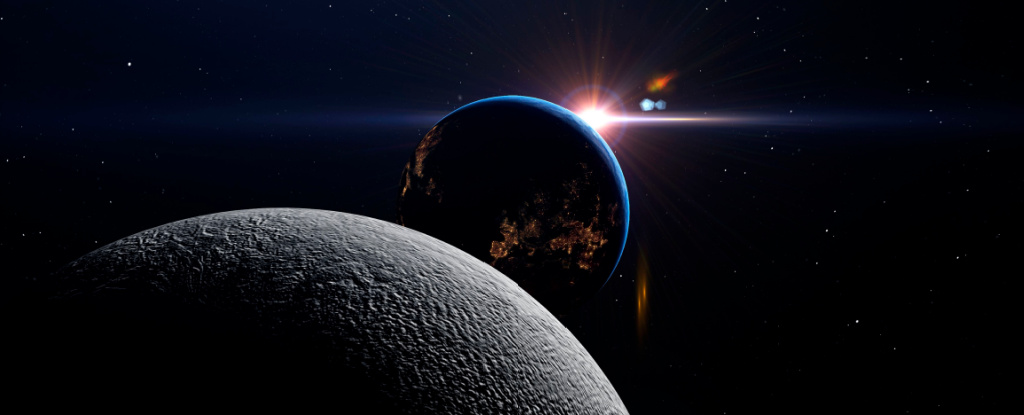Since astronauts last left the lunar surface 52 years ago, time is ticking. Compared to us earthlings, the moon has been waiting for our return a little longer – by about 1.1 seconds.
That doesn’t seem like much, and neither does the 57 millionth (0.0000575) second that time on the Moon advances each day compared to that on our home planet.
But that crucial finding from a new study by NASA scientists could make the difference between synchronizing navigation systems and the U.S. space agency’s long-awaited manned missions to the moon and beyond.
We’ve known about gravity’s ability to slow down time since Albert Einstein postulated his general theory of relativity. But the practicalities of measuring the temporal distortions that come with differences in gravity – such as the contrast between the pull of the Earth and the Moon – have lagged far behind.
Only in the past decade have we had atomic clocks sensitive enough to detect small time differences between two objects moving relative to each other, or experiencing different gravitational forces.
And with a half-century gap between manned lunar landings, scientists had no pressing need to figure out how those tiny time differences played out between Earth and our lunar companion. The moon has one-sixth the gravity of Earth, but astronauts only stopped there briefly, so it wasn’t much of a problem.
Scientists now have a deadline: NASA wants to send astronauts back to the moon by 2026 as part of the Artemis missions. There, they will search for possible locations for lunar bases that could one day serve as a stepping stone to Mars.
“We’re looking at a persistent presence on the moon,” NASA’s Cheryl Gramling, a navigation systems engineer at the Goddard Space Flight Center in Maryland, told New scientist Jonathan O’Callaghan.
“Earth infrastructure like GPS gives time down to the nanosecond level,” Gramling continued. “If you’re trying to navigate or land on the moon, and avoid dangerous areas, that precision is important.”
Earlier this year, in April, NASA and other US agencies were tasked with developing a uniform time reference system for the moon that other space agencies could agree on.
This new finding helps in that regard, and has been in the works for some time. Slava Turyshev, a physicist at NASA’s Jet Propulsion Laboratory who led the study, told O’Callaghan, “Somebody had to sit down and do the math.”
From Earth, the moon appears to have gained 57 millionths of a second per Earth day. Turyshev and his colleagues arrived at this figure by calculating the sliding time scale for the Earth and the moon relative to the center of gravity of the solar system. This is the common center of gravity of the solar system, around which the sun, planets and satellites orbit in delicate balance.
Turyshev and his colleagues’ calculations are close to the 56.02 microseconds that another team of researchers at the U.S. National Institute of Standards and Technology came up with in February. But tiny fractions of a second matter over such vast distances, so there’s still some work to be done.
Neither result has been peer-reviewed, and the final definition of lunar time will need to be confirmed by a number of agencies and international organizations, including the International Bureau of Weights and Measures and the International Astronomical Union. These organizations plan to meet in August.
We should also keep an eye on how our own planet Earth’s rotation is strangely slowing, making our days slightly longer – and how extractive human activities have changed its rotation.
The research was published on the arXiv preprint server prior to peer review.
